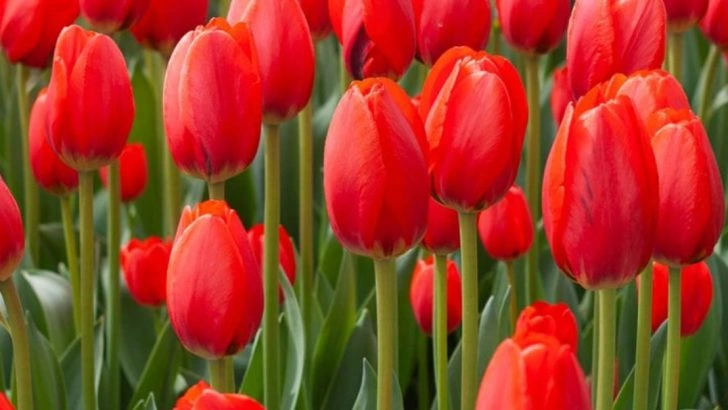Creating a lush, beautiful garden doesn’t mean you have to compromise on your pet’s safety—especially when it comes to curious dogs that love to sniff, dig, and sometimes even nibble. Many popular garden favorites, from azaleas to foxgloves, may look stunning but contain toxins that can be dangerous—or even deadly—to dogs. Knowing which plants to avoid is essential for any dog-loving gardener.
The good news? For nearly every risky plant, there’s a dog-safe alternative that’s just as lovely and often easier to grow. From vibrant calendula to non-toxic snapdragons, these 10 safer choices can fill your garden with color and fragrance—without putting your four-legged companions at risk. Keep your garden gorgeous and your pup protected with these smart plant swaps.
Azalea
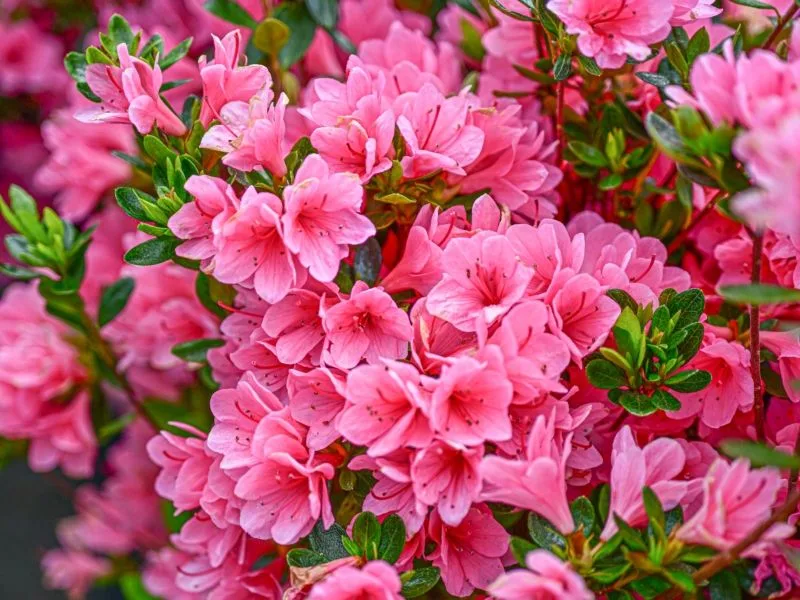
Azaleas, with their vivid flowers, are a gardener’s delight, yet they harbor a secret danger to dogs. Consuming just a few leaves can lead to severe symptoms, including vomiting and heart problems. Their toxic nature makes them a risky choice for pet-friendly gardens.
For those with curious pets, it’s best to admire these beauties from afar. Always ensure these plants are kept out of reach or consider safer alternatives if your furry friends are frequent garden visitors.
Dog-friendly Alternative: Marigold
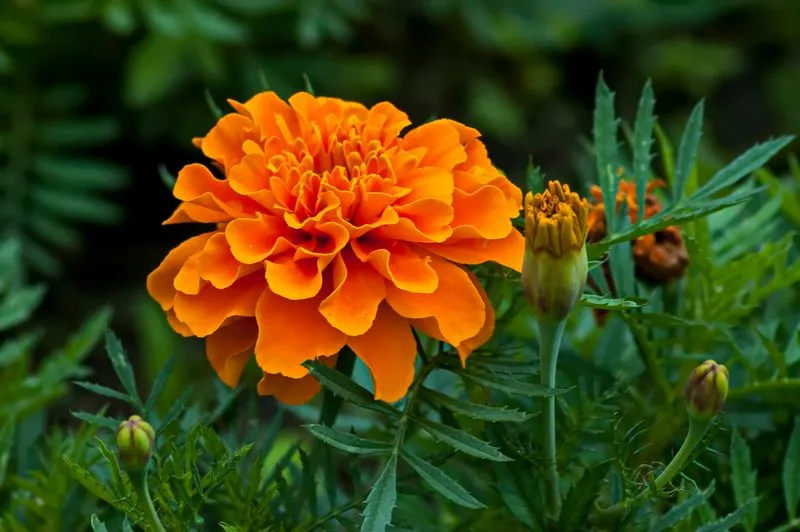
Marigolds bring vibrant color and a touch of sunshine to any garden, making them a favorite among pet owners. Their bright, cheerful blooms are not only safe for dogs but also serve as natural pest deterrents.
These hardy plants thrive in sunlit spots, adapting easily to various soil conditions. Planting marigolds ensures a pet-friendly garden that remains beautiful and fragrant throughout the growing season, without compromising the safety of your canine companion.
Tulip
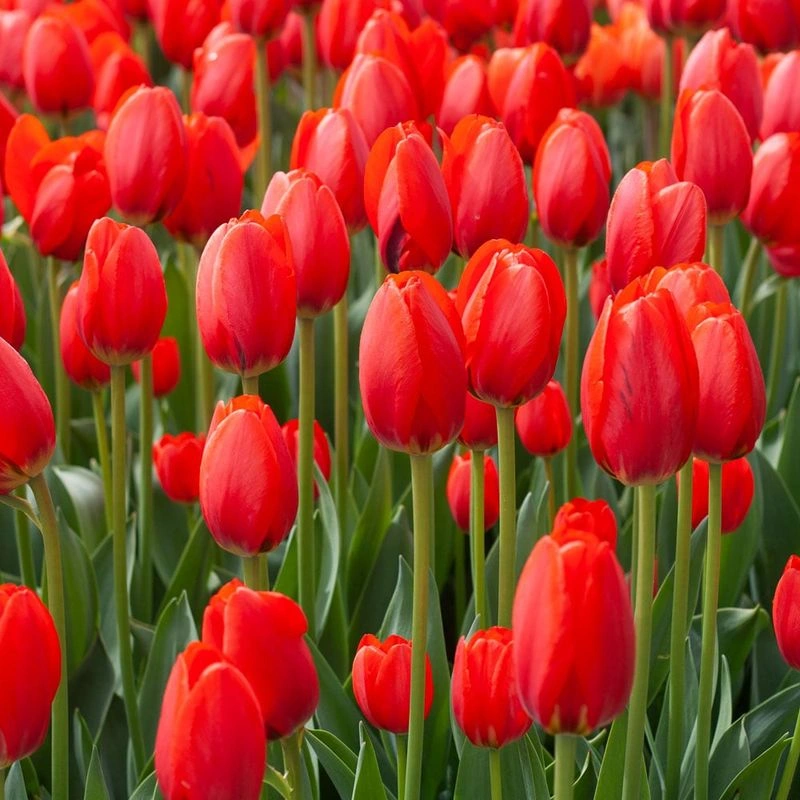
Tulips are synonymous with spring gardens, yet they pose a hidden threat to dogs. The bulbs contain toxins that can cause drooling, nausea, and even central nervous system issues in pets. Their vibrant allure might tempt curious dogs, making them a less-than-ideal choice for pet-friendly gardens.
Vigilance is key when these flowers are around, ensuring your pet doesn’t dig up or consume any part of the plant. Opt for safer floral displays to keep your garden a hazard-free haven.
Dog-friendly Alternative: Sunflower
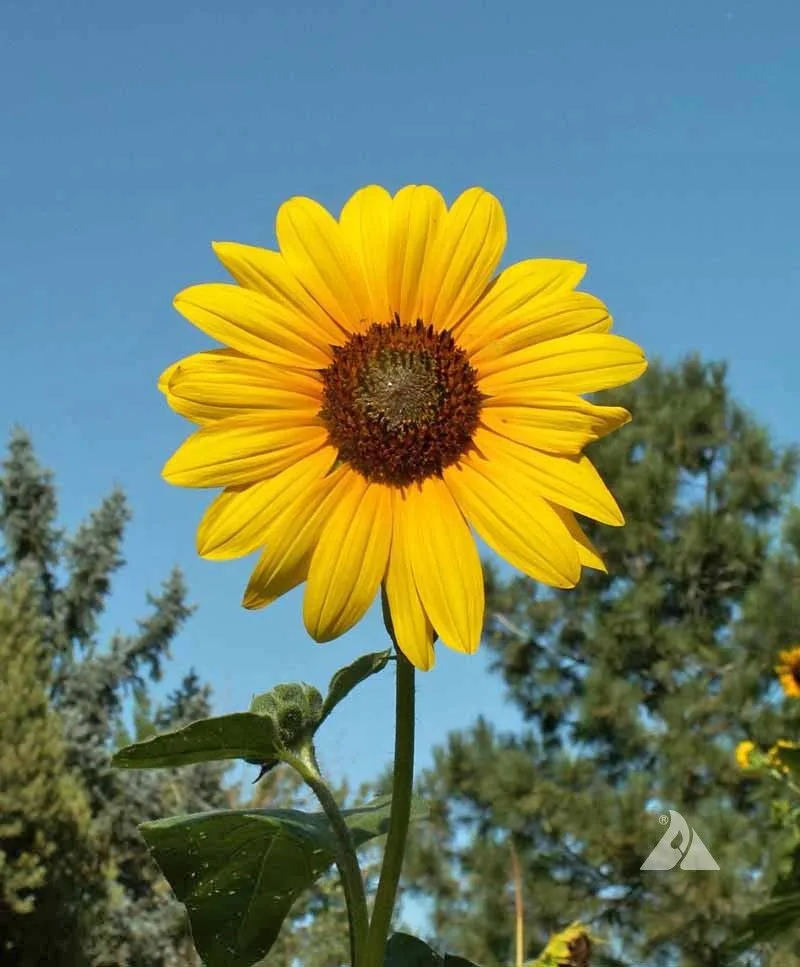
Sunflowers, with their towering stalks and sunny faces, bring joy and safety to a garden. They’re non-toxic to dogs, making them a perfect replacement for more dangerous blooms like tulips.
Sunflowers thrive in full sun and require minimal care, offering both beauty and peace of mind to pet-loving gardeners. Their seeds, though delicious for birds, should be given in moderation to pets to avoid stomach upset, highlighting the need for balanced pet care.
Daffodil

Daffodils herald the arrival of spring, yet they carry hidden dangers for dogs. Every part of this plant, especially the bulb, contains compounds that can lead to severe gastrointestinal distress and heart issues in pets.
To prevent accidental ingestion, planting these flowers away from curious paws is essential. Alternatively, opting for non-toxic plants can ensure a safer environment for your four-legged family members while maintaining garden aesthetics.
Dog-friendly Alternative: Zinnia

Zinnias, with their dazzling array of colors, are a safe and stunning choice for gardens shared with dogs. These flowers are not only non-toxic but also attract butterflies, adding an extra layer of enchantment to your outdoor spaces.
Happily basking in the summer sun, zinnias require little care beyond regular watering, making them an easy addition to any dog-friendly garden. Their resilience and beauty ensure your garden remains a captivating and safe space for everyone to enjoy.
Oleander
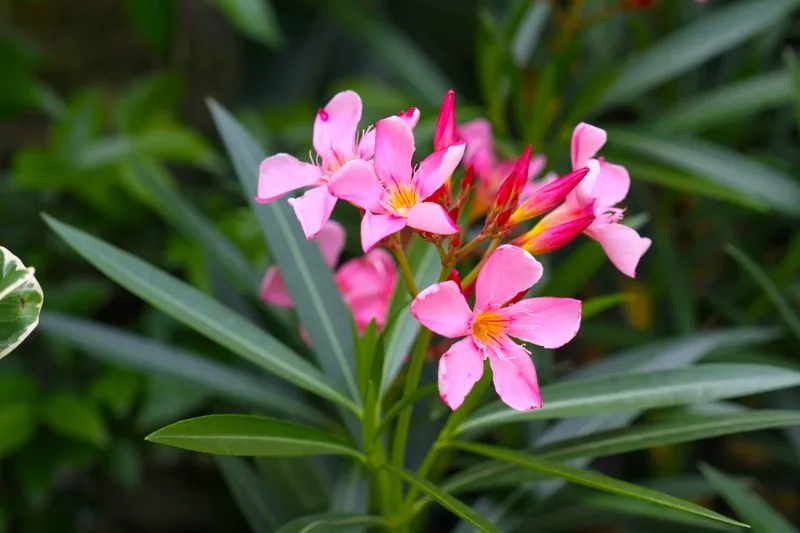
Oleanders are prized for their beauty, yet they are one of the most toxic plants for dogs. Even a small amount can be deadly, affecting the heart and causing severe digestive issues.
For homes with pets, the allure of oleander’s vibrant blooms is overshadowed by their risk. It’s vital to eliminate these plants from your garden to ensure a safe environment. Consider more pet-friendly options to avoid accidents and maintain a pet-safe landscape.
Dog-friendly Alternative: Lavender
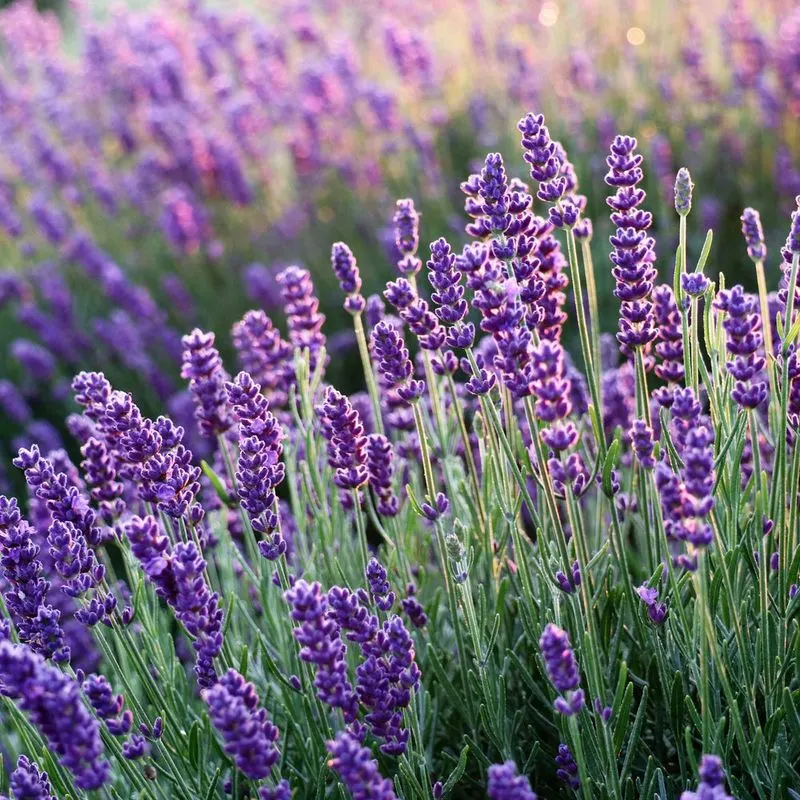
Lavender, known for its soothing aroma and calming properties, is a wonderful addition to a pet-friendly garden. This fragrant plant is non-toxic to dogs, offering peace of mind alongside its beauty.
Lavender thrives in sunny spots with well-drained soil, requiring minimal water once established. Its relaxing scent not only enhances garden tranquility but also deters pests, making it both a functional and safe choice for pet owners.
Foxglove
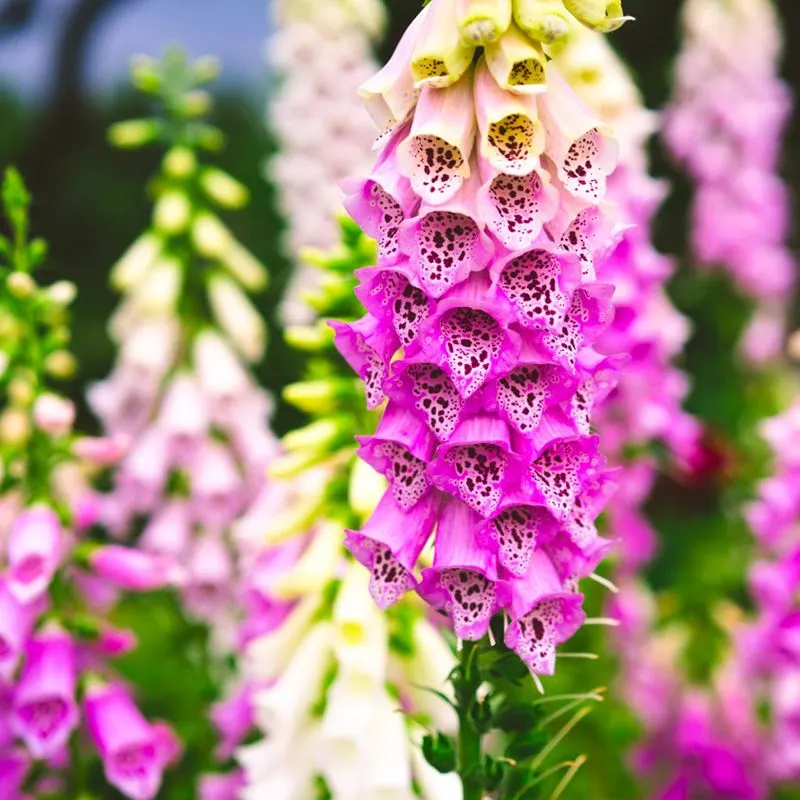
Foxgloves add grace and height to garden borders, yet they are a dangerous choice around dogs. These plants contain digitalis, which can seriously affect heart function if ingested by pets.
Ensuring garden safety means steering clear of foxgloves or placing them in areas inaccessible to inquisitive noses. Alternative plantings that don’t compromise aesthetic appeal or pet safety should be considered to avoid any hazardous encounters.
Dog-friendly Alternative: Snapdragons
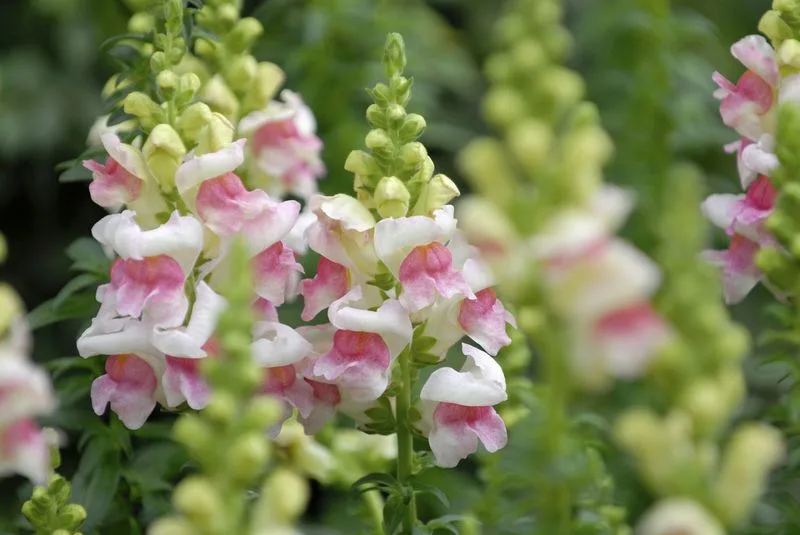
Snapdragons, with their playful blooms, are not only eye-catching but also safe for dogs. These vibrant flowers come in a rainbow of colors, providing a whimsical touch to any garden setting.
Their easy-going nature makes them perfect for both novice and experienced gardeners, as they require minimal care and thrive in various climates. By choosing snapdragons, pet owners can enjoy a colorful garden that’s also a safe haven for their furry friends.
Sago Palm
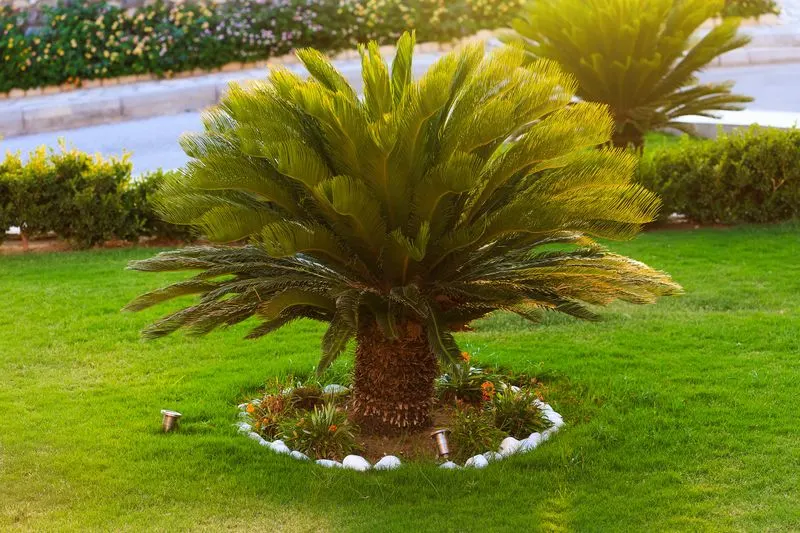
The Sago Palm, though visually striking, poses a serious threat to dogs. Every part of this plant is toxic, with seeds being particularly harmful, potentially causing liver failure and even death.
Given the Sago Palm’s high risk, it’s crucial to remove it from pet-accessible areas. Opting for non-toxic alternatives can protect your pets while still enjoying the aesthetics of a tropical garden. Ensuring a safe garden space is paramount for the well-being of your pets.
Dog-friendly Alternative: Bamboo Palm
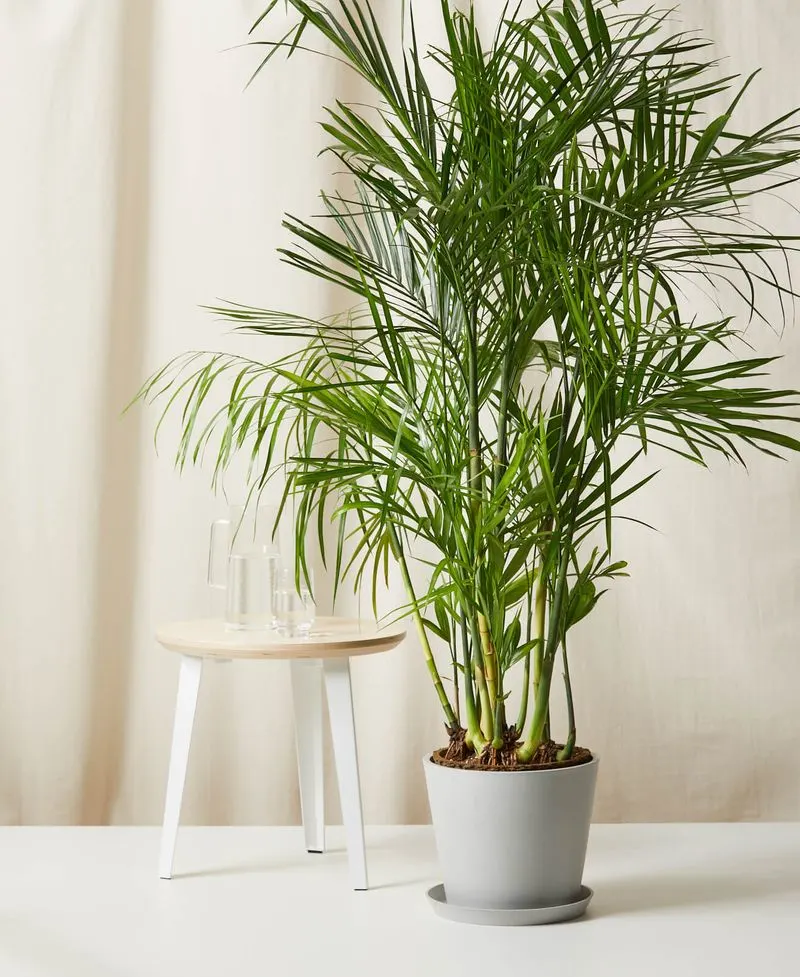
Bamboo Palms offer a safe and stylish alternative for those seeking a tropical vibe in their gardens. Unlike the Sago Palm, they’re non-toxic to dogs, allowing for peace of mind when pets roam freely outdoors.
These palms thrive in shady spots and require minimal upkeep, making them an excellent choice for busy pet owners. Their lush foliage adds a refreshing touch to any space, ensuring your garden remains a safe and serene environment for everyone.
Lily of the Valley
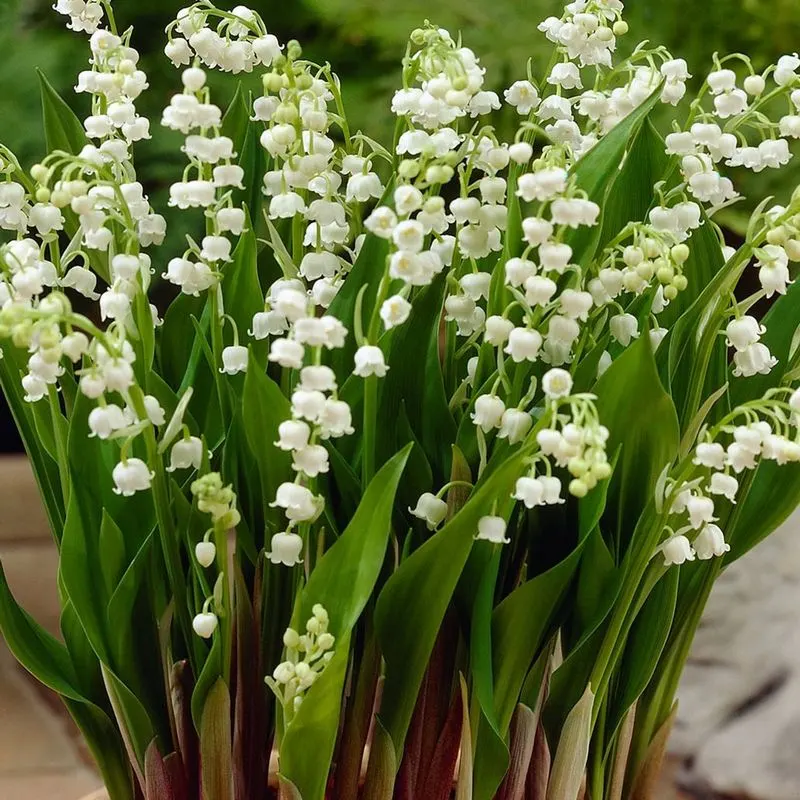
With its enchanting fragrance and delicate blooms, Lily of the Valley is a garden favorite that harbors a dark side for dogs. The plant contains cardiac glycosides, which can cause heart disturbances if ingested.
Protecting your pets means avoiding this charming yet perilous plant. Opt for safer blossoms that offer both beauty and security in your garden, ensuring a harmonious coexistence with your furry companions.
Dog-friendly Alternative: Camellia

Camellias offer elegant blooms and are a safe haven for pets. Their stunning flowers bloom in the cooler months, providing color when few other plants do.
Camellias prefer shaded areas and well-drained soils, making them versatile additions to any garden. With their non-toxic nature, these plants allow pet owners to enjoy a beautiful garden without worrying about their furry friends’ safety, making them a delightful choice for dog-friendly landscapes.
Hydrangea
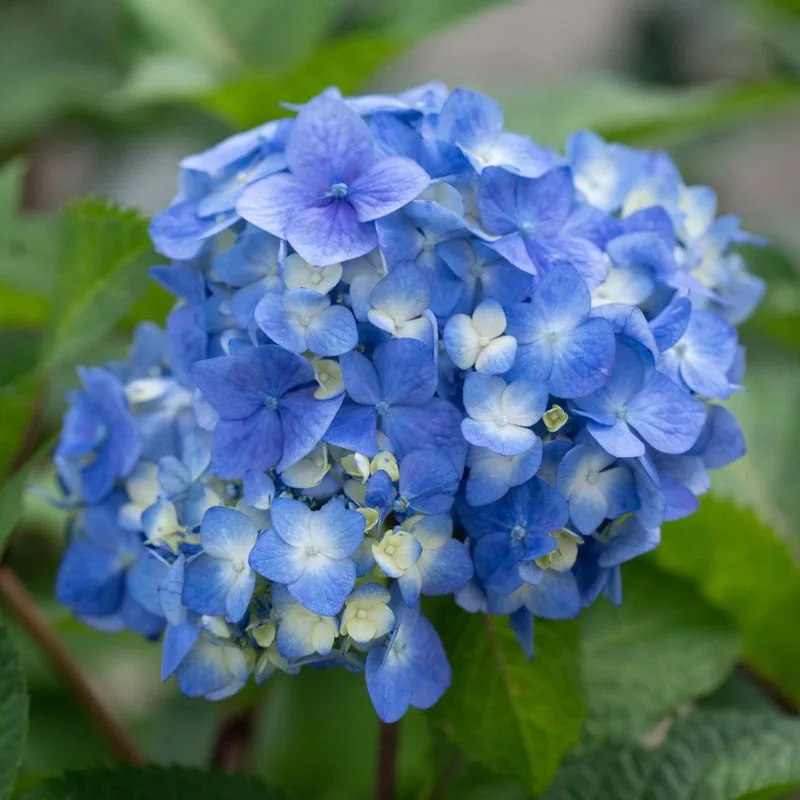
Hydrangeas, with their showy blooms, are a beloved garden staple that could spell trouble for dogs. Ingesting parts of this plant can lead to vomiting and lethargy due to cyanogenic glycosides.
For pet-loving gardeners, it’s crucial to ensure these plants are inaccessible to curious pets or to consider alternative non-toxic plants that maintain visual appeal without the associated risks, ensuring a safe garden oasis for all family members.
Dog-friendly Alternative: Rose

Roses, the timeless garden classic, are as safe as they are beautiful. These flowers, free of harmful toxins, allow dogs to explore the garden without risk.
While roses require regular maintenance to flourish, their captivating fragrance and romantic charm are worth the effort. Planting roses ensures a pet-friendly garden that remains enchanting for years to come, offering a safe space for pets and beauty for their owners.
Aloe Vera

Aloe Vera, though renowned for its healing properties, can be toxic to dogs if ingested. The plant’s gel contains saponins, which can lead to digestive discomfort.
While the plant is beneficial for human use, pet owners should place it in areas inaccessible to their four-legged companions. For those who love succulents, choosing non-toxic varieties ensures a safer environment for pets while still enjoying the benefits of hardy, low-maintenance plants.
Dog-friendly Alternative: Spider Plant

The Spider Plant, known for its air-purifying qualities, is a fantastic choice for pet-safe gardens. Its striking foliage and easy care make it a popular option for both indoor and outdoor settings.
Non-toxic to dogs, the Spider Plant’s cascading leaves add visual interest without posing any risk to your pets. This resilient plant thrives in indirect light and requires minimal attention, making it a perfect companion for both novice gardeners and seasoned plant enthusiasts alike.
Rhododendron

Rhododendrons, with their lush blooms, can pose a significant risk to dogs. The plant contains grayanotoxins, which can lead to drooling, vomiting, and even more severe symptoms if ingested.
Pet owners should avoid planting rhododendrons in accessible areas or choose safer alternatives to ensure a hazard-free garden. Careful selection of garden plants can help maintain a beautiful landscape while prioritizing the well-being of furry family members.
Dog-friendly Alternative: Impatiens

Impatiens, known for their bright flowers, make excellent choices for shady garden areas. These non-toxic plants provide bursts of color and are safe for dogs, ensuring peace of mind for pet owners.
With their minimal care needs, impatiens thrive in cooler, shaded parts of the garden, offering a lively display throughout the growing season. Their friendly nature makes them an ideal choice for gardens where pets and plants coexist harmoniously, providing beauty without the worry.

